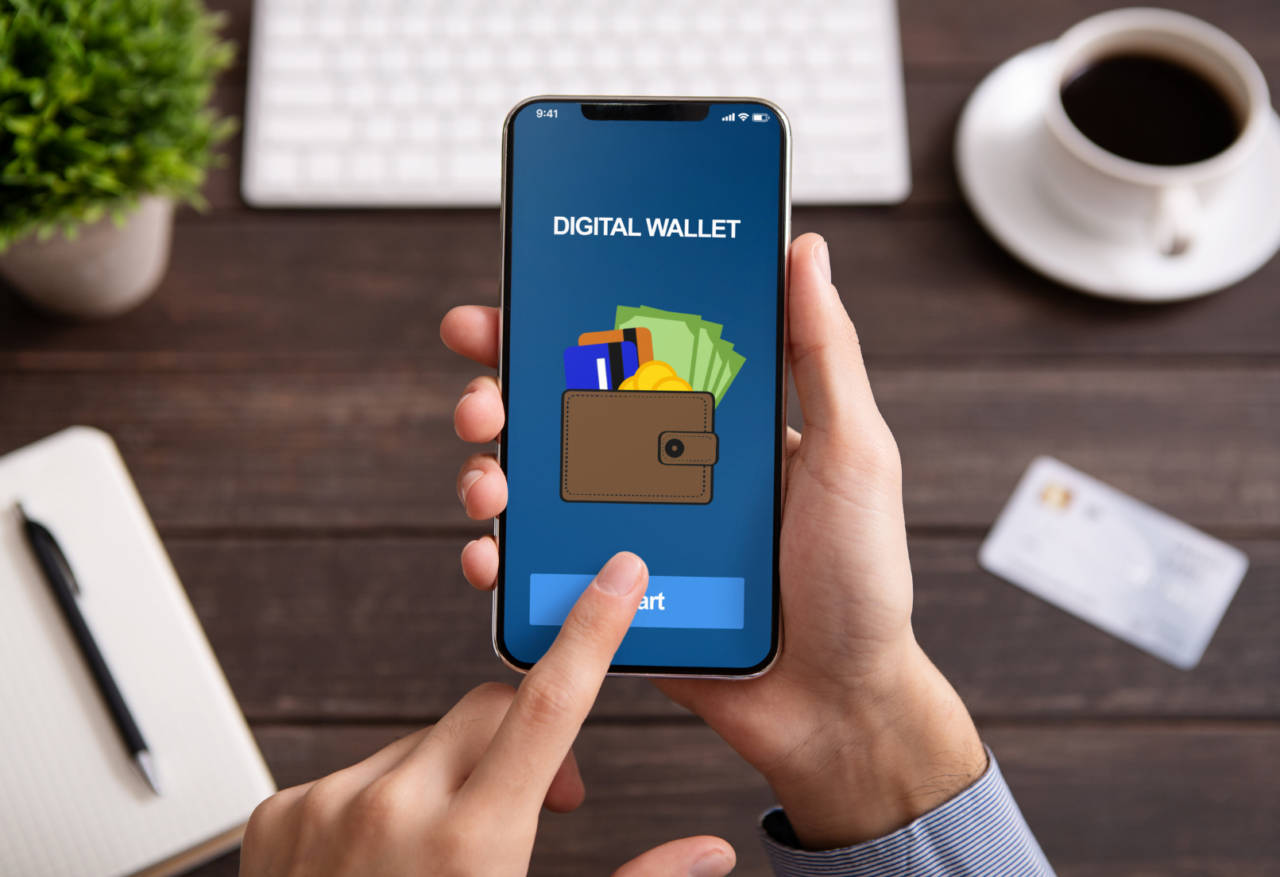Stimulated by the COVID-19 pandemic, its expected the number of unique digital wallet users to exceed 4.4B by 2025, up from 2.6 billion in 2020, according to a recent study from Juniper Research. The total amount spent through digital wallets is also expected to nearly double to $10 trillion annually by 2025 from $5.5 trillion over the time period. The U.S. & U.K. lag behind China and India in digital wallet adoption, as 69% of digital wallet transactions will come from China and India by 2025.
While the pandemic has been a bane for major industries and sectors, it turned out to be a boon for digital wallet adoptions across the globe.
According to virology studies, the COVID-19 virus can survive on banknotes for up to 28 days, compelling consumers to pivot to digital payment channels to avoid contracting and spreading the virus. Consumers pivoted to digital payment channels that are contactless and convenient.
“Due in part to the influence of the pandemic and the move away from cash-dependent payment solutions, digital wallets are finally gaining significant traction amongst consumers,” the Juniper Research stated.
 According to a different study conducted last year, nearly 24% of respondents believed mobile payments were the safest to prevent the spread of the virus, compared to 6% of respondents saying cash was safest and 4% saying checks were. Nearly 67% of mobile payment users expect the increased use to be permanent.
According to a different study conducted last year, nearly 24% of respondents believed mobile payments were the safest to prevent the spread of the virus, compared to 6% of respondents saying cash was safest and 4% saying checks were. Nearly 67% of mobile payment users expect the increased use to be permanent.
Digital wallets have evolved from a peer-to-peer (P2P) payment landscape to e-commerce and automated bill payments. Contactless and e-commerce payments will account for 50% of total wallet spend, up from 36% in 2020. Contactless adoption will also continue to rise, as over 34% of mobile handsets are set to use contactless payments by 2025, up from 11% in 2020.
While digital wallet adoptions for in-store and remote payments were on the rise before the pandemic, the risk factors associated with the virus amped up its adoption across the spectrum. Consumers above the age of 75 are also adopting mobile wallet payments. Although seniors’ use of digital wallets remains low at 7%, it experienced a three-fold increase from 2% in 2019.
The resurgence of the QR code payment can also be attributed to the pandemic, but that rebound was transient. When people began to wear masks and gloves, facial recognition and fingerprint scanning on mobile stopped working reliably.
QR code payments will account for 40% of all digital wallet transactions globally by 2025; compared to 47% of transactions in 2020. Over the next five years, new technology like card acceptance via NFC smartphones, will overtake use of QR codes. PaidYET is a payment link engine with features like instant payment links, automatic payment reminders, payment plan options, instant email and text receipts. Sign up today to start getting paid faster.



